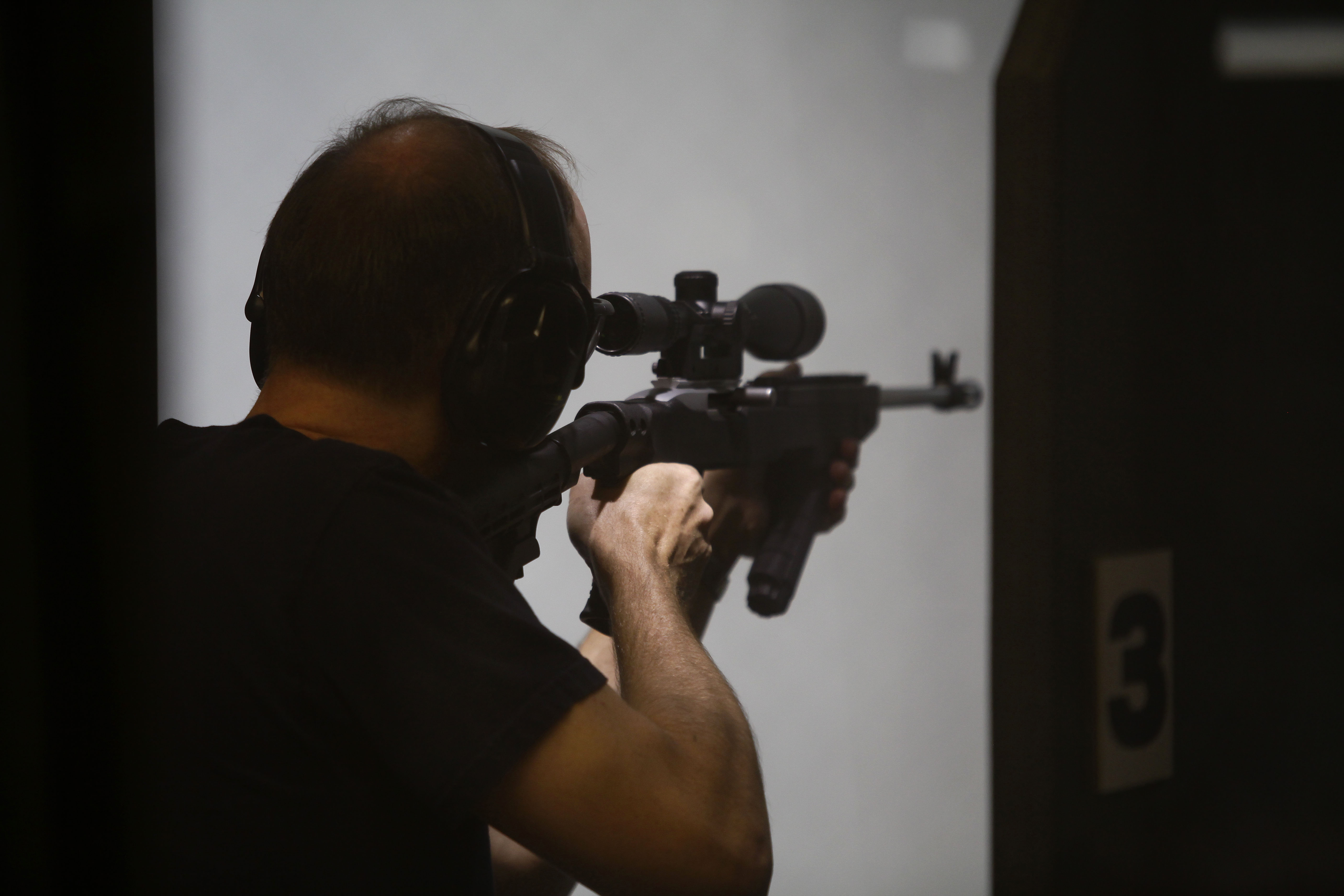States that have stricter laws regarding background checks for gun ownership and spend more money on mental health care and K-12 education have fewer school shootings, according to a new study published in the journal Injury Prevention.
The study, which featured researchers from Boston University, Columbia University, and the University of Texas, examined factors that could contribute to the recent spike in school shootings across the United States.
The US had 44 school shootings from 1966-2008, an average of one per year, according to the study. In contrast, there were 154 school shootings between 2013 and 2015, which averages out to one school shooting per week.
States that had the highest number of school shootings during that time period were Texas, Florida, Georgia, North Carolina, and Tennessee. 11 states had no school shootings – Alaska, Connecticut, Hawaii, New Hampshire, New Jersey, New York, North Dakota, Rhode Island, Vermont, West Virginia and Wyoming.

Out of the 11 states that had no reported school shootings between 2013 and 2015, 7 are among the top 10 states in the country which spend the most on education, according to US Census data. Those states are New York, New Jersey, Wyoming, Vermont, Connecticut, Rhode Island, and Alaska.
More than half of the school shootings examined by the study's authors occurred in K-12 schools. The majority of the shootings were intentional, and most were carried out by males.

The data in the table above suggests that states which conduct background checks for ammunition purchases have lower rates of school shootings, as do states that spend more on K-12 education. States that conduct background checks for firearm purchases - outside of those mandated by federal law for firearms purchased from federally licensed firearm dealers - also saw lower rates of school shootings, as did states who spent more on mental health care. Urbanicity had a small but significant impact on the rate of school shootings.
The negative correlation between mental health care spending and school shooting rates could be due to "screening that anticipates potential firearm-related harm to self and others," the report says.
The report also notes that its findings on primary education expenditure being negatively correlated with school shooting rates are in line with other research which found that higher education spending is associated with reduced rates of crime and violence.
The study's authors conducted their research primarily using media reports of school shootings, citing the lack of availability of a surveillance system.
Though the study conducts necessary research on gun violence, a lack of data makes it difficult to form solid conclusions, Daniel Webster, a professor of health policy and management and director of the Center for Gun Policy and Research at the Johns Hopkins Bloomberg School of Public Health, told Forbes.
"This is an important study about a type of gun violence that concerns parents in most communities in the US," Webster said. However, "[b]ased on the data presented, it is difficult to disentangle the effects of the prevalence of gun ownership, background check laws, or other laws not directly examined, such as laws requiring permits to purchase guns that come with additional requirements beyond background checks."
Bindu Kalesan, the study's primary author and a researcher at the Center for Translational Epidemiology and Comparative Effectiveness Research at Boston University, also cited the need for more comprehensive data on gun violence and school shootings.
"Currently if we request individual level data from CDC regarding non-fatal gun injuries-70% of all gun injuries-they have no plans to disseminate such data," Kalesan told Forbes. "There should be an active effort to obtain correct and detailed data."

